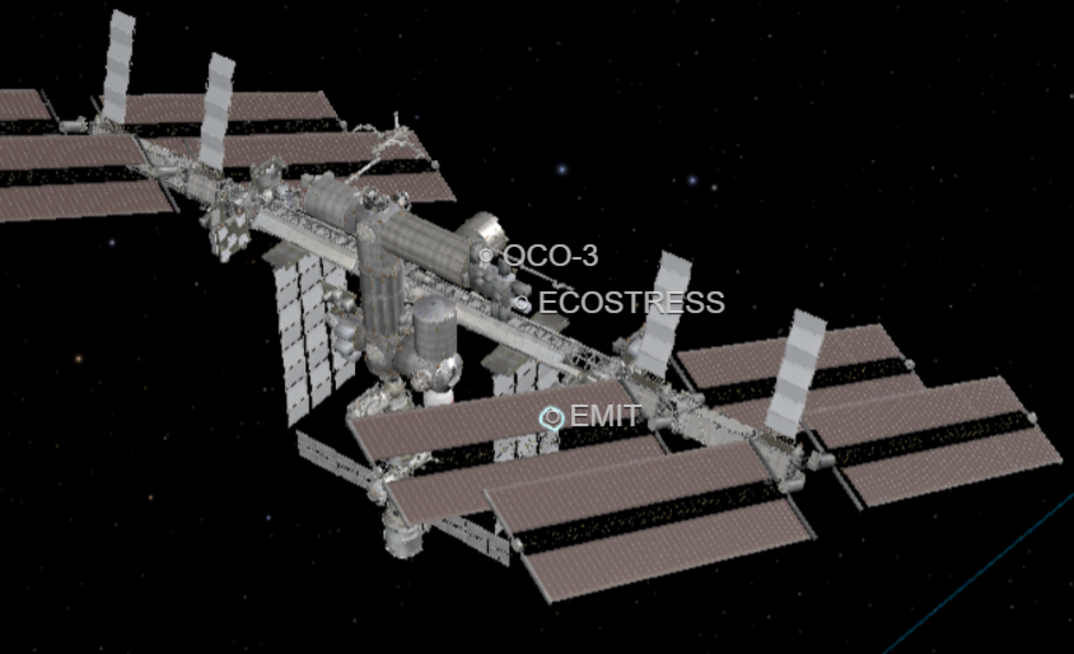The Earth Surface Mineral Dust Source Investigation (EMIT) mission, launched by NASA in 2022, uses particles of minerals in the wind to determine their locations.
When particles are blown in the air, they have a cooling or warming effect depending on their exact composition. EMIT uses this effect to identify the compounds.
The result is high-resolution data that can aid in pinpointing potential reserves of valuable minerals.
An accidental discovery
EMIT's maps detail the abundance of minerals like hematite, goethite, and kaolinite across vast stretches of North Africa, the Arabian Peninsula, and other dry regions.
These minerals not only influence climate by absorbing or reflecting sunlight but also provide valuable resources for various industries.
"[We chose these] minerals because they interact with the atmosphere. They absorb or scatter energy. Our objectives for NASA were to understand the interaction of these minerals as they heat or cool the planet. It had nothing to do with mineral exploration. But we have this map now," Robert Green, EMIT's principal investigator, said to Mining Magazine.
"The implications for mineral exploration are profound. This is the first comprehensive map of minerals in our planet."
Exploration from space
A vast majority of mineral deposits are found in arid regions.
Having detailed maps of the surface composition in these areas could significantly improve our understanding of potential mineral resources and guide targeted exploration efforts.
Specifically, EMIT data could help pinpoint areas rich in minerals like iron, aluminium, and lithium, all essential for modern technologies.
By identifying regions with high concentrations of these minerals, mining companies can focus their exploration efforts, potentially reducing environmental impact and optimizing resource extraction.
"[On the map] you can see different distributions of hematite, magne.. If you were interested in exploring, you could look at where the known deposits are. Our maps will show the connection between the minerals we've mapped and those known deposits. You could then look for similar mineral environments," Green said.
"We also have the spectral signatures of rare earth elements and lithium-bearing minerals... Those strategic minerals are signatures in our spectral range, though we have not mapped them."

Beyond direct mineral exploration, EMIT's data offers broader benefits for sustainable resource management. By providing insights into the distribution and transport of mineral dust, the mission can inform policies aimed at controlling dust pollution and preserving ecosystems affected by dust deposition.
While EMIT primarily focuses on 10 key minerals, its data can also identify other materials, vegetation types, and even human-made structures. This opens doors for diverse applications, from studying agricultural land use to monitoring industrial activity.
"The wealth of information EMIT provides is truly ground-breaking," Jones said.
"It has the potential to revolutionize our understanding of Earth's surface composition, with significant implications for both mineral exploration and environmental management."
























